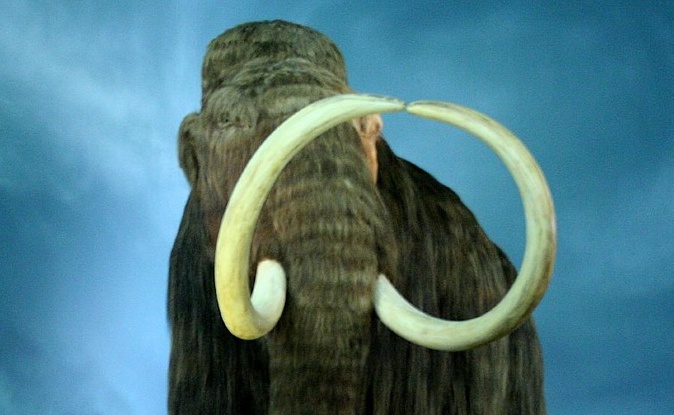The availability of fatty acids in sufficient quantities to produce the necessary energy for brain and body function in Paleolithic and Neolithic humans and the source of the fatty acids has been found by new research conducted by biologists and paleontologist from Russia and Spain that was published in the journal Public Library of Science.
The researchers examined the subcutaneous fat content of frozen mammals found in the permafrost of Siberia. The animals investigated included two mammoths that were 41,000 and 32,000 years old respectively, two adult horses that were 4,500 years old, and two bison that were 8,200 and 9,300 years old respectively.
The fatty acid content of the animals was analyzed using gas-liquid chromatography-mass spectrometry (GLC-MS) and GLC-flame ionization detector (GLC-FID).
The analysis shows that animals that were a common food source for humans during the Paleolithic and Neolithic eras contained sufficient numbers of all the fatty acids recommended for a healthy diet by modern standards.
The fat content of the horses and mammoths and the regions where the fat was stored in the animal’s bodies indicates that the animals may have hibernated completely during the coldest parts of the winter or may have practiced some form of semi-hibernating behavior.
Human consumption of these types of animals has been assumed due to the presence of large numbers of mammoth, horse, and bison bones in and around known habitations of Paleolithic and Neolithic humans. This research makes the assumption a fact.















